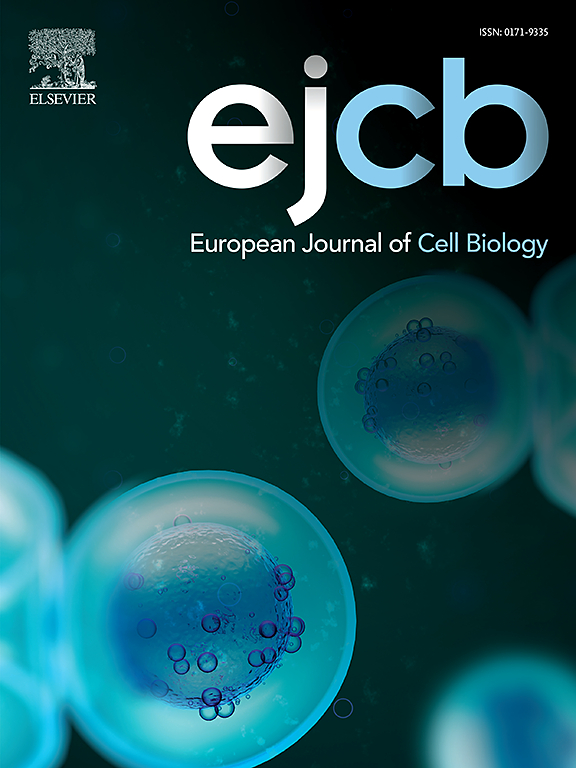全息层析显微镜显示内皮细胞在内皮化过程中无标记的定量动力学
IF 4.3
3区 生物学
Q2 CELL BIOLOGY
引用次数: 0
摘要
全息层析显微镜(HTM)已成为一种非侵入性成像技术,可提供生物样品的高分辨率,定量3D成像。本研究探讨HTM在内皮细胞(ECs)检测中的应用。HTM通过利用折射率(RI)来绘制无标签的3D分布,克服了传统显微镜方法在捕捉ec实时动态方面的局限性。这项工作证明了HTM在内皮化过程中可视化关键细胞过程中的效用,其中内皮细胞锚定,粘附,迁移和增殖。利用HTM的高分辨率和定量能力,我们发现脂滴和线粒体很容易可视化,从而可以更全面地研究它们在内皮化过程中的各自作用。这项研究强调了商业仪器上的HTM如何揭示HUVEC细胞行为的新见解,为医学诊断和研究提供了潜在的应用,特别是在开发心血管疾病的治疗方法方面。这项先进的成像技术不仅提高了我们对EC生物学的理解,而且在心血管疾病的研究中迈出了重要的一步,为未来的研究和治疗开发提供了一个强大的平台。本文章由计算机程序翻译,如有差异,请以英文原文为准。
Holotomographic microscopy reveals label-free quantitative dynamics of endothelial cells during endothelialization
Holotomograhic microscopy (HTM) has emerged as a non-invasive imaging technique that offers high-resolution, quantitative 3D imaging of biological samples. This study explores the application of HTM in examining endothelial cells (ECs). HTM overcomes the limitations of traditional microscopy methods in capturing the real-time dynamics of ECs by leveraging the refractive index (RI) to map 3D distributions label-free. This work demonstrates the utility of HTM in visualizing key cellular processes during endothelialization, wherein ECs anchor, adhere, migrate, and proliferate. Leveraging the high resolution and quantitative power of HTM, we show that lipid droplets and mitochondria are readily visualized, enabling more comprehensive studies on their respective roles during endothelialization. The study highlights how HTM on a commercial instrument can uncover novel insights into HUVEC cell behavior, offering potential applications in medical diagnostics and research, particularly in developing treatments for cardiovascular diseases. This advanced imaging technique not only enhances our understanding of EC biology but also presents a significant step forward in the study of cardiovascular diseases, providing a robust platform for future research and therapeutic development.
求助全文
通过发布文献求助,成功后即可免费获取论文全文。
去求助
来源期刊

European journal of cell biology
生物-细胞生物学
CiteScore
7.30
自引率
1.50%
发文量
80
审稿时长
38 days
期刊介绍:
The European Journal of Cell Biology, a journal of experimental cell investigation, publishes reviews, original articles and short communications on the structure, function and macromolecular organization of cells and cell components. Contributions focusing on cellular dynamics, motility and differentiation, particularly if related to cellular biochemistry, molecular biology, immunology, neurobiology, and developmental biology are encouraged. Manuscripts describing significant technical advances are also welcome. In addition, papers dealing with biomedical issues of general interest to cell biologists will be published. Contributions addressing cell biological problems in prokaryotes and plants are also welcome.
 求助内容:
求助内容: 应助结果提醒方式:
应助结果提醒方式:


